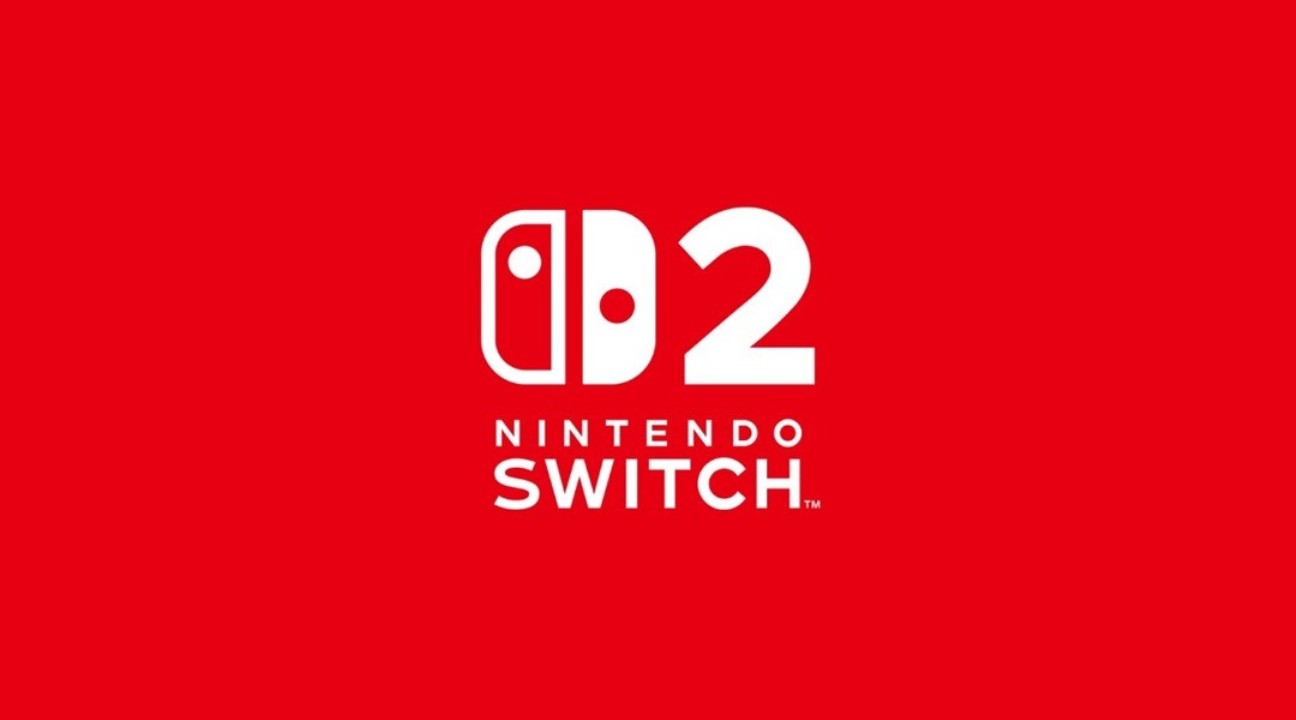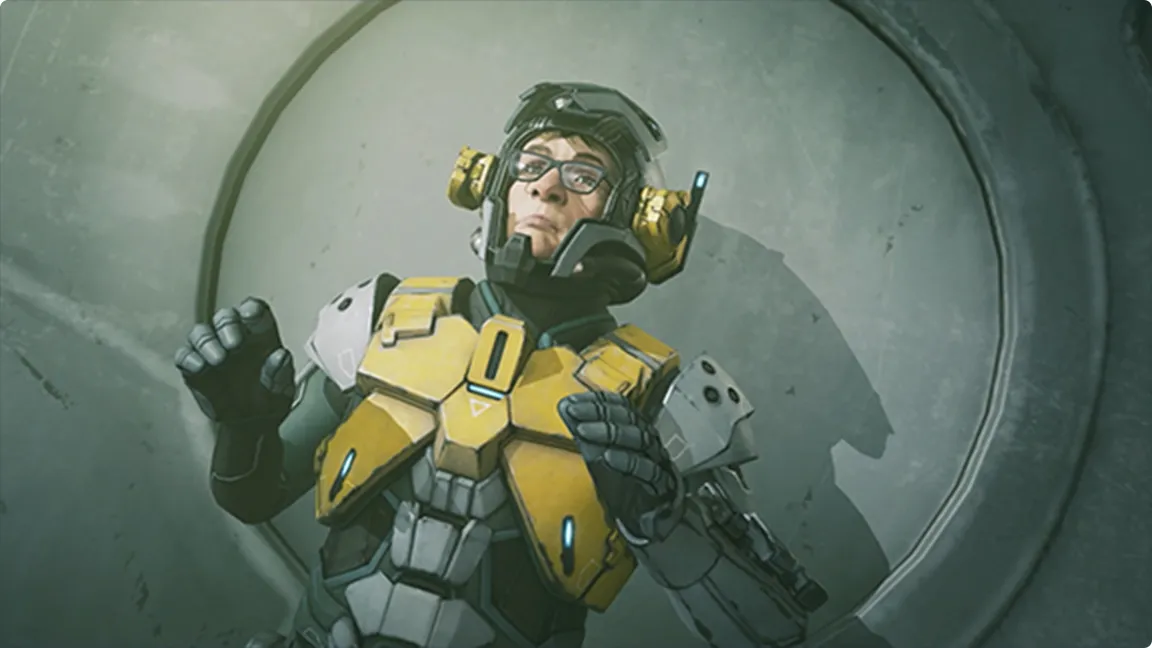Digital Foundry, renowned for their technical expertise in video game hardware analysis, has delivered an in-depth examination of Nintendo Switch 2’s DLSS (Deep Learning Super Sampling) capabilities, revealing significant insights into how Nintendo’s next-gen console could revolutionize in-game resolution and graphical fidelity.
DLSS technology, popularized by NVIDIA, enables video games to render at a lower native resolution while employing cutting-edge AI upscaling techniques to produce a higher final output.
For reference, a game such as Street Fighter 6 currently renders at a fixed native resolution of 960×540 pixels when docked.
However, with DLSS, it can ultimately be displayed at 1080p on supported hardware—significantly enhancing visual clarity without the severe performance impact that a true 1080p internal render would entail. According to Digital Foundry’s latest findings, two distinct types of DLSS implementations are present on the Nintendo Switch 2 platform.
The first type closely resembles the DLSS Convolutional Neural Network (CNN) model found in PC versions of graphically intensive titles such as Cyberpunk 2077.
This approach offers comprehensive anti-aliasing during camera movement and transitions, manages disocclusion with a stylized approach, and for now, has only been demonstrated with 1080p output. The second variation, a more recent development, is a streamlined solution prioritizing computational efficiency.
This variant, seen in games like The Touryst, delivers sharper resolution than the traditional CNN model and boasts a markedly reduced frame-time cost—approximately half, according to developer feedback referenced by Digital Foundry.
However, despite producing crisper static images and being capable of scaling from 1080p to 4K, this newer DLSS mode exhibits some drawbacks: visual fidelity can appear "raw" during movement or camera cuts, and pixels exposed from disocclusion are presented without comprehensive anti-aliasing. A summary of these two DLSS feature sets on Nintendo Switch 2 is as follows: Type 1 (CNN-Like Model): - Similar to PC DLSS architecture - Enhanced anti-aliasing on motion and camera cuts - Disocclusion stylization for smoother visuals - Demonstrated at 1080p resolution Type 2 (High-Efficiency Variant): - Produces even sharper resolution than the CNN approach - Lacks full anti-aliasing during high-motion scenes or rapid camera cuts - Disoccluded pixels are shown in a raw, unprocessed state - Demonstrated at scalable resolutions, including 1080p to 4K Digital Foundry’s comprehensive analysis sheds light on how Nintendo Switch 2’s DLSS options can deliver both flexible performance profiles and elevated graphical output.
By employing industry-proven and innovative upscaling technology, Nintendo positions its upcoming hardware to support visually demanding titles—potentially extending the lifecycle of the Switch family and broadening its game library with optimized ports. Nintendo Switch 2, still under wraps regarding official launch dates, continues to generate significant anticipation across the gaming industry.
The application of sophisticated upscaling through DLSS underlines Nintendo’s commitment to balancing performance, battery life, and graphics quality for both developers and end users alike. Readers interested in a detailed technical demonstration can access Digital Foundry’s full video analysis via their official channels.
For ongoing developments and the latest Nintendo Switch 2 news, stay connected with trusted sources in the gaming industry.
For reference, a game such as Street Fighter 6 currently renders at a fixed native resolution of 960×540 pixels when docked.
However, with DLSS, it can ultimately be displayed at 1080p on supported hardware—significantly enhancing visual clarity without the severe performance impact that a true 1080p internal render would entail. According to Digital Foundry’s latest findings, two distinct types of DLSS implementations are present on the Nintendo Switch 2 platform.
The first type closely resembles the DLSS Convolutional Neural Network (CNN) model found in PC versions of graphically intensive titles such as Cyberpunk 2077.
This approach offers comprehensive anti-aliasing during camera movement and transitions, manages disocclusion with a stylized approach, and for now, has only been demonstrated with 1080p output. The second variation, a more recent development, is a streamlined solution prioritizing computational efficiency.
This variant, seen in games like The Touryst, delivers sharper resolution than the traditional CNN model and boasts a markedly reduced frame-time cost—approximately half, according to developer feedback referenced by Digital Foundry.
However, despite producing crisper static images and being capable of scaling from 1080p to 4K, this newer DLSS mode exhibits some drawbacks: visual fidelity can appear "raw" during movement or camera cuts, and pixels exposed from disocclusion are presented without comprehensive anti-aliasing. A summary of these two DLSS feature sets on Nintendo Switch 2 is as follows: Type 1 (CNN-Like Model): - Similar to PC DLSS architecture - Enhanced anti-aliasing on motion and camera cuts - Disocclusion stylization for smoother visuals - Demonstrated at 1080p resolution Type 2 (High-Efficiency Variant): - Produces even sharper resolution than the CNN approach - Lacks full anti-aliasing during high-motion scenes or rapid camera cuts - Disoccluded pixels are shown in a raw, unprocessed state - Demonstrated at scalable resolutions, including 1080p to 4K Digital Foundry’s comprehensive analysis sheds light on how Nintendo Switch 2’s DLSS options can deliver both flexible performance profiles and elevated graphical output.
By employing industry-proven and innovative upscaling technology, Nintendo positions its upcoming hardware to support visually demanding titles—potentially extending the lifecycle of the Switch family and broadening its game library with optimized ports. Nintendo Switch 2, still under wraps regarding official launch dates, continues to generate significant anticipation across the gaming industry.
The application of sophisticated upscaling through DLSS underlines Nintendo’s commitment to balancing performance, battery life, and graphics quality for both developers and end users alike. Readers interested in a detailed technical demonstration can access Digital Foundry’s full video analysis via their official channels.
For ongoing developments and the latest Nintendo Switch 2 news, stay connected with trusted sources in the gaming industry.






